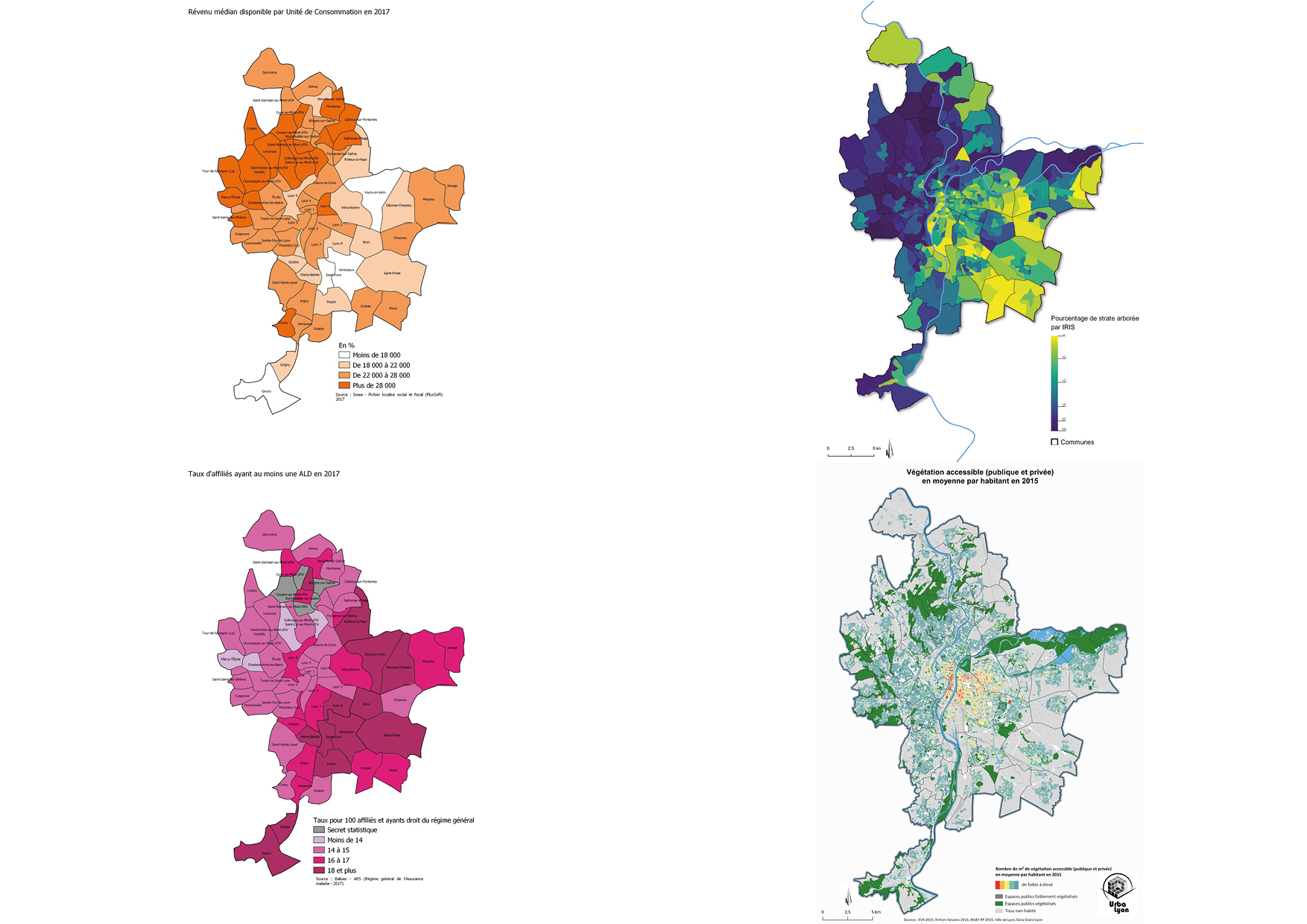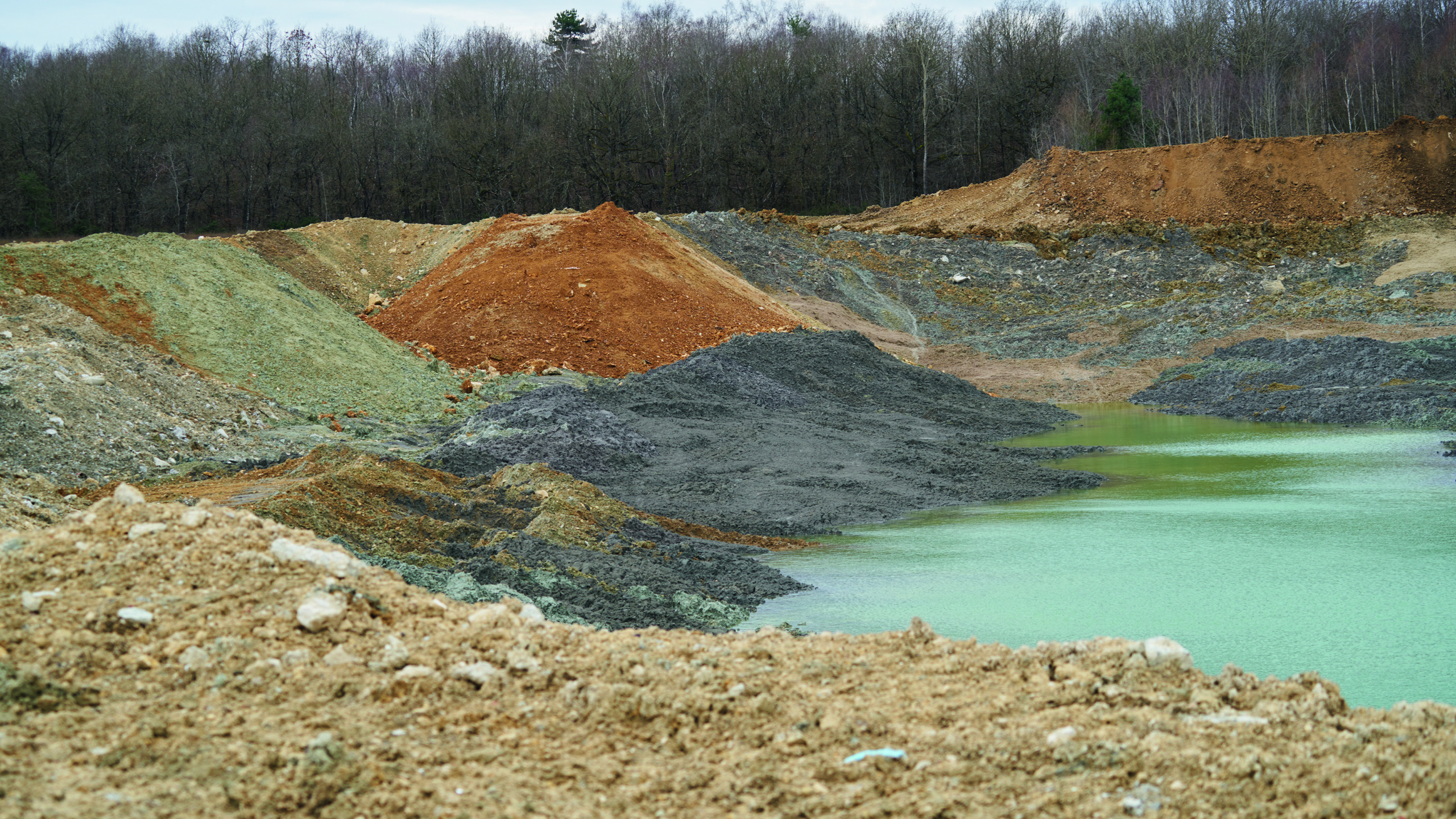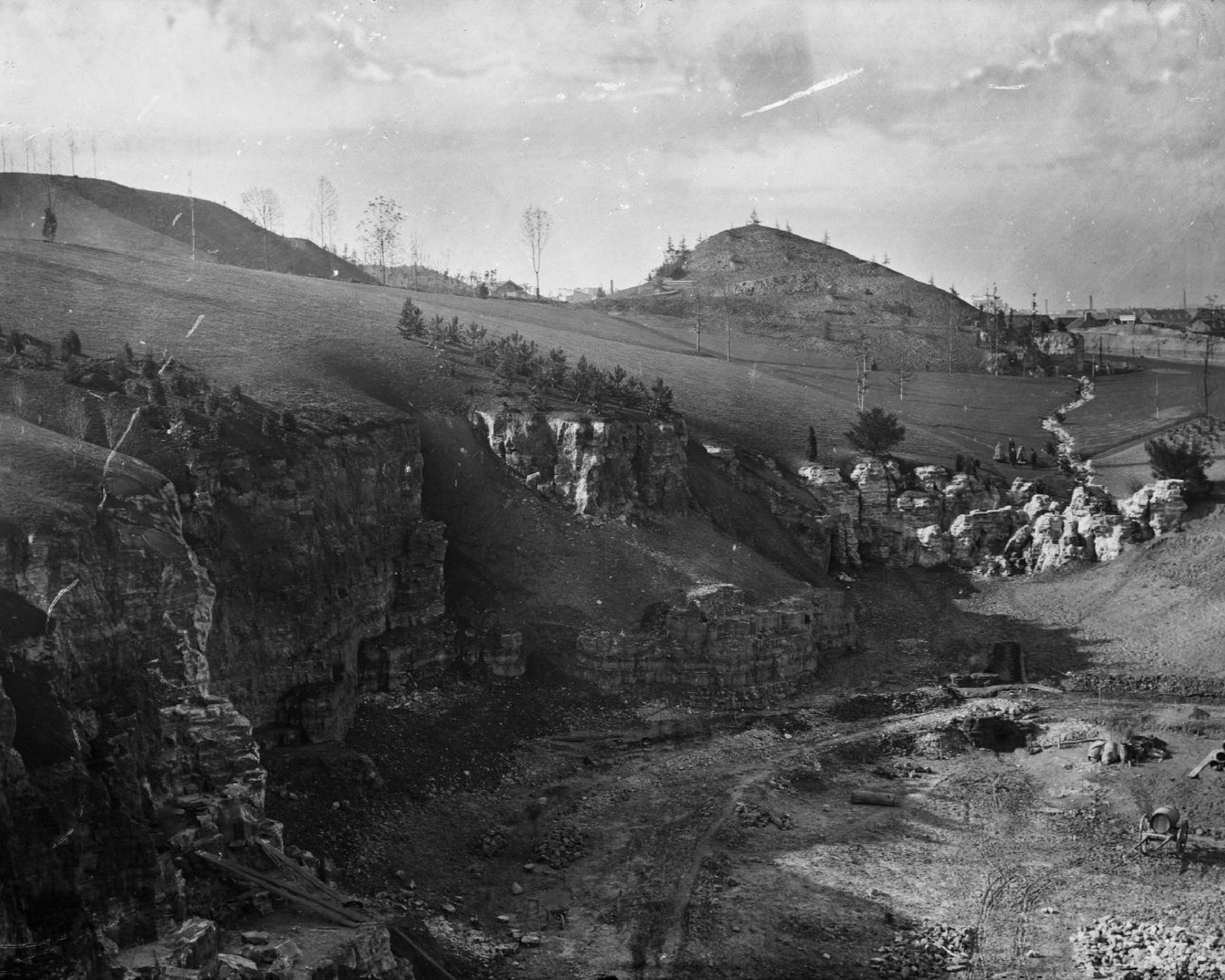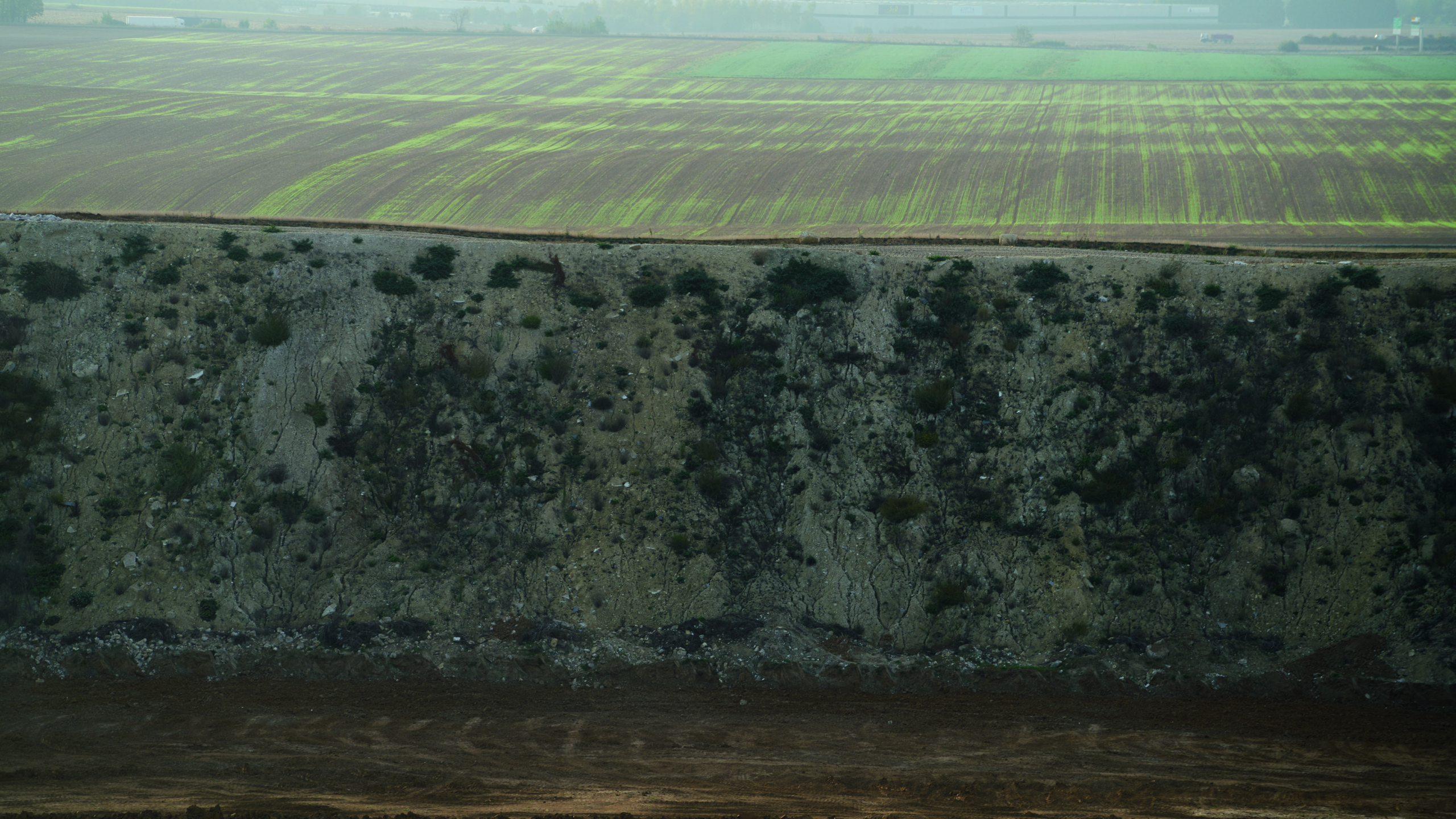Plan Canopée seeks to engage all public and private stakeholders around a shared, comprehensive effort to rewild the city and adapt it to climate change. This involves planting new trees, but also preserving and tending to the existing tree heritage, protecting and recreating soils, proper water management… Everything is connected, trees aren’t isolated elements. In more technical terms, by cross-tabulating infrared photointerpretation data (which highlights plants coverage) and Lidar imaging (which is capable of measuring the size of objects), it is currently possible to visualize very accurately the distribution of trees within a territory, what is called the “urban forest.” We were thus able to determine that 27% of the metropolis is covered by canopy, which
is very much in line with the average “canopy index” of large North-American cities, a qualitative indicator developed to assess the situation of cities, especially regarding urban heat islands. Urban forestry is very advanced in the United States, and federal services have acquired substantial expertise in that field, which they then apply at municipal level. According to their studies, cities with 30 to 40% of urban tree canopy cover have high levels of heat resilience. The Lyon Metropolis is therefore on the good side of average, though the question is then of course whether there is an upward or a downward trend.
As it turns out, 70% of the canopy of Greater Lyon is located on private property. Only 10% is under direct control of the Lyon Metropolis, 10% under that
of the 59 municipalities, and 10% of other public entities, social landlords, and domains of the state… Moreover, the canopy’s growth potential is also mostly located on private land. Gathering all these stakeholders around the understanding of the need for a comprehensive effort towards rewilding and adapting the territory to climate change was therefore crucial. Canopy analysis has also revealed how unequal its distribution is. The municipalities to the west have an average canopy cover that often exceeds 40%, whereas municipalities to the east have covers below the 27% average, and sometimes even less than 10%. Concurrently, correspondences between canopy surface and other indicators such as heat islands can be noted, but also, more astonishingly, with life expectancy, heart disease, and the exposure to pollutants… Even if these aren’t scientifically established correlations, they are “relational loops.” There is no direct causal relationship but there is a connection between these social and environmental factors. The search for environmental equity, in order to help address this territorial divide that is linked to a wide range of factors related to history, topography, or land use is therefore central to this debate.
In order to increase the canopy surface, the Lyon Metropolis is aiming to have planted at least three hundred thousand trees by 2030 in order to achieve a total canopy surface of 30%. But the number of trees isn’t a good indicator: if you plant ten trees on a supermarket parking lot that don’t develop and die off after ten years, the end result is zero. If you plant a tree under proper conditions and it ends up offering 100 m2 of shaded area after twenty years or so, this is a clear benefit. Developing the canopy thus amounts to improving the quality of the plantations in order to achieve sustainability goals in a context of climate change that impacts the very nature of vegetation. Based on that observation, we have defined a program of roughly thirty actions at the nexus between trees and urbanism, health, economic development, biodiversity, diet, street maintenance, sanitation, water management, land use, and so on. The idea was to introduce a series of financial and technical tools to stimulate and support initiatives at different territorial scales. We are currently developing new processes for civic engagement, as well as partnerships with businesses, following new economic and governance models around sponsorship, in order to speed up the development of the canopy both in the public and private domain.
The distinctive character of this plan lies in the change in attitude of the metropolis. Previously, it would assume the posture of an expert carrying out its own development projects and regulating external projects. It wasn’t instilling a collective and educational dynamic. We wanted to shift from this posture of a “knowing” protagonist to that of a supporter, facilitator, instigator, advisory… in order to enter into a dynamic of ownership by all the territorial stakeholders.
Ecology and the rewilding of cities are now major concerns for urbanites. Does this movement give rise to new urban knowledge and know-how related to tree cultivation?
PWe are paradoxically confronted with a loss of knowledge in certain fields compared with Alphand’s1 times. Alphand had a very interesting holistic vision, informed by the multidisciplinary skills of his team. At the turn of the nineteenth century, the knowledge base in terms of arboriculture developed in the seventeenth, and especially in the nineteenth century, were quite brutally lost with the rupture of the First World War. A major plantation effort had already been carried out, and because nature was at the city’s doorstep, there wasn’t a need to do more. The tree, which had become a key element in urban development strategy receded into the background. Urban forestry competence gradually disappeared due to a lack of training, research, and interest, eventually being redirected only towards natural habitats and forests. The city lost its overall perspective of nature in favor of a vision proceeding more from horticulture, to quantitative greening, and an ornamental approach. This loss of knowledge is clearly discernible. The majority of trees planted in the postwar period are indeed withering, while the trees planted in Alphand’s times, one hundred and fifty years ago, are often still in perfect shape. It is wrong to assume that the city, as an environment, isn’t conducive to the proper development of trees, or that a topiary tree would have a life expectancy limited to thirty years or so: the city is an artificial environment, so the living situation of trees are those we are willing to give them. There is no foregone conclusion.
So why do certain trees die off early while others survive? The answer lies in the soil and its fertility. Alphand’s success comes from the fact that trees were planted in continuous trenches three meters wide and a meter and a half deep, in order to get around the constraint of compacted, polluted urban land that is unfit for plantation. Soil volume and fertility formed the basis of the plantation project. Due to the compartmentalization of knowledge, this comprehensive vision ended up being split among single- purpose service departments focused only on water, street maintenance, plantation… each having developed their own specialities, lingos, and standards, erecting borders rather than thinking of their interconnection. At a time when cars reigned supreme, roads chipped away at the space dedicated to trees, particularly regarding the soil that is supposed to ensure their stability and prevent deformation. When I started working in Lyon in the early 1990s, the standard for planting a tree was 1 m3 of soil, hence the “supermarket parking lot tree” syndrome.










